Challenge
Atypical Hemolytic Uremic Syndrome (aHUS) is a rare, life-threatening disease characterised by blood clots forming in small vessels, leading to kidney failure, anaemia, and low platelet count, with an estimated global prevalence of 1 to 9 per million people.[1] In England, there are around 140 known cases of aHUS, with a total estimated population of approximately 300.[2] During the co-creation process, insights revealed that children with aHUS and their families often face challenges understanding complex medical terminology and navigating emotional uncertainty. Additionally, there is a clear gap in age-appropriate resources to help explain the condition to young patients.[3]
Introduction
In collaboration with Alexion UK, Cognitant was tasked with developing a personalised resource that simplified aHUS, giving children the tools to better understand their condition. Simplifying complex medical information for the young audience was essential. This project also aimed to empower caregivers and healthcare providers to communicate more effectively with young patients. The team developed an innovative, personalised, digital storybook tailored for children aged 6-10 years diagnosed with Atypical Hemolytic Uremic Syndrome (aHUS) which is hosted on Cognitant’s patient engagement platform, Healthinote. This personalised, interactive resource transforms complex medical information into an accessible, engaging, and empowering journey. The storybook provides young patients with a unique way to understand their condition, reduce anxiety, and inspire confidence in managing their health.
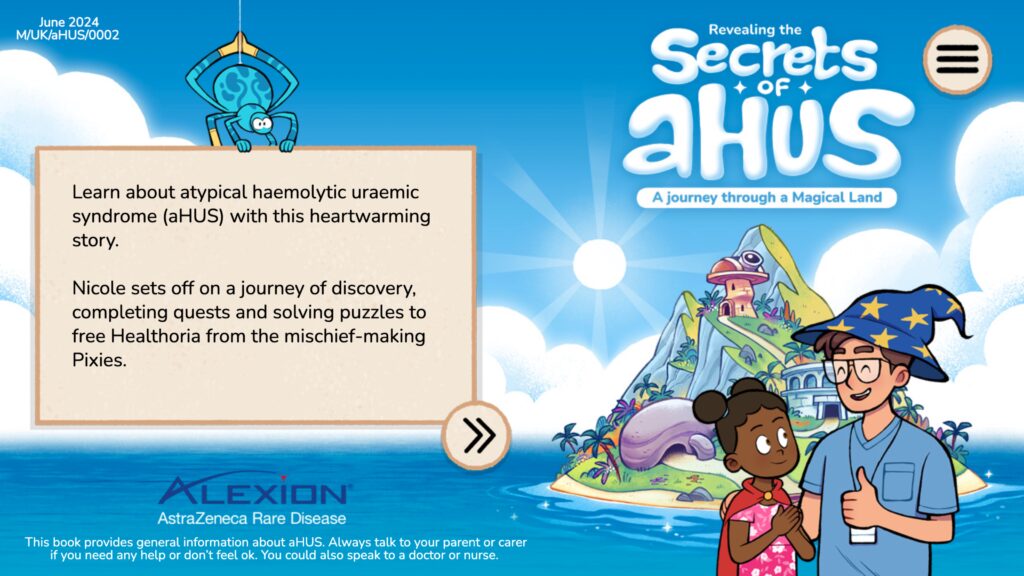
The Storybook Experience: Healthoria
The digital storybook invites children into the magical realm of Healthoria, where they create their own character, selecting attributes such as skin colour, hairstyle, and outfit, ensuring a personalised experience. Children are empowered by the ability to control their journey within Healthoria, as they can choose their own path and decide the order in which they complete the quests. Through vivid illustrations and interactive elements, children are guided through quests that simplify medical concepts in a fun and imaginative way.
Key Story Elements:
-
Quest: Kidney Cave – Explains what aHUS is and the role of the kidneys.
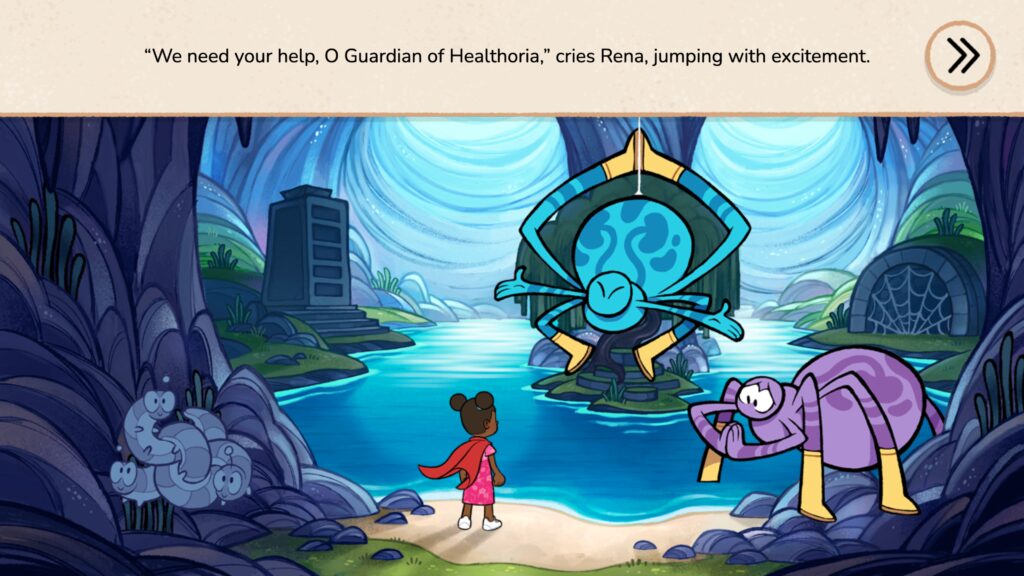
-
Quest: The Tower of Visions – Prepares children for hospital appointments and how aHUS might impact their daily activities.
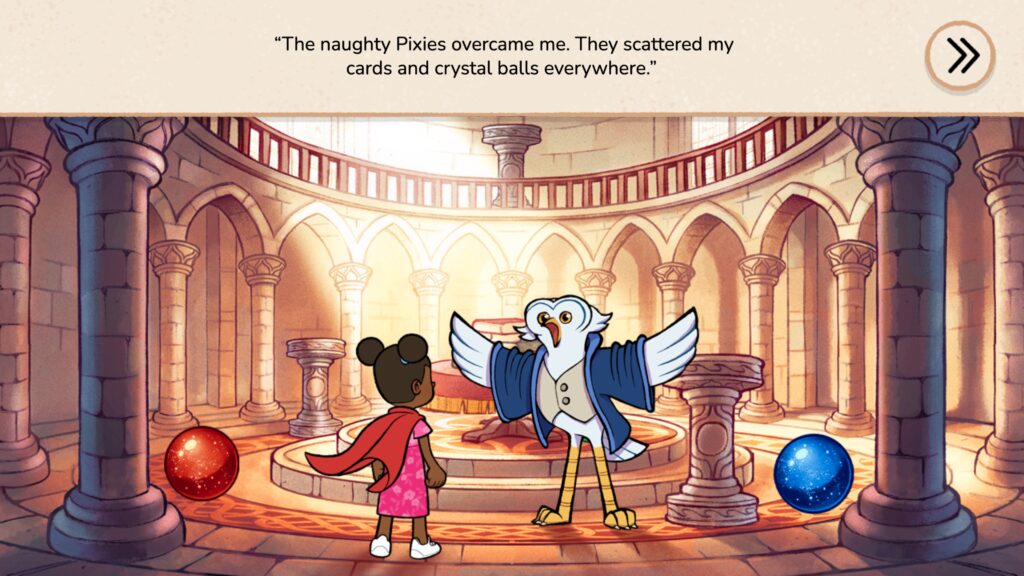
-
Quest: The Maze of Discovery – Offers emotional support, reassuring them that they are not alone in their journey.
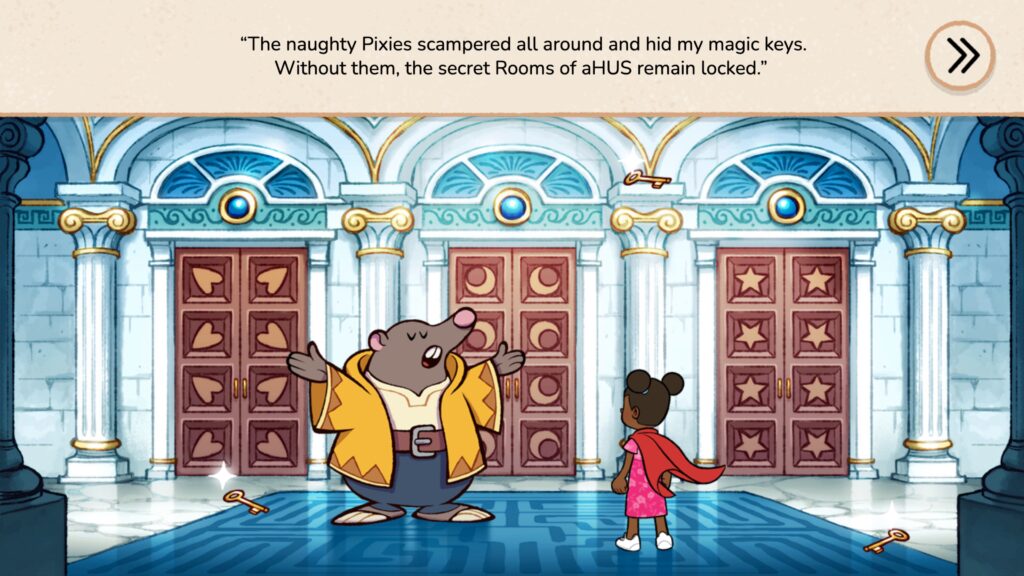
Fun, engaging characters provide children with essential educational information, while mini-games are interwoven throughout the story to maintain engagement and enhance learning.[4,5,6]
Co-Creation Process
Our collaboration involved two key workshops and a paediatric survey:
- Workshop 1 – Identifying needs and challenges: Through a focus group with caregivers and healthcare professionals (HCPs), we explored the challenges faced by children with aHUS and their caregivers, helping us understand the specific informational needs of this group.
- Workshop 2 – Developing the story flow: Building on insights from the first workshop, we conducted a co-creation session to define how to present complex medical information in a child-friendly format. Caregivers and HCPs helped test concepts, ensuring the story flow was appropriate for young audiences.
- Stage 3 – Review by Patient Advocacy Groups: As part of the co-creation process, Patient Advocacy Groups, including Kidney Care UK, reviewed the script and key concepts. Their input was essential in ensuring that the storybook provided accurate and empowering information for children.
- Paediatric Survey – Feedback from the target audience: Children with aHUS aged 6-10 were invited to provide feedback on the storybook, including their thoughts on the features, their understanding of key concepts, and their opinion on the storybook title.
Personalisation and Interaction
The personalised aspect of the programme begins by allowing each child to create their own character, starting with a name and physical features such as skin colour, eye shape, and outfit choice. This initial personalisation ensures that the experience feels relatable and is uniquely theirs from the very start.
Throughout the story, the character and the child’s name are continuously featured, making the entire adventure more immersive and engaging. The created character appears throughout the story, strengthening the child’s connection to the content.
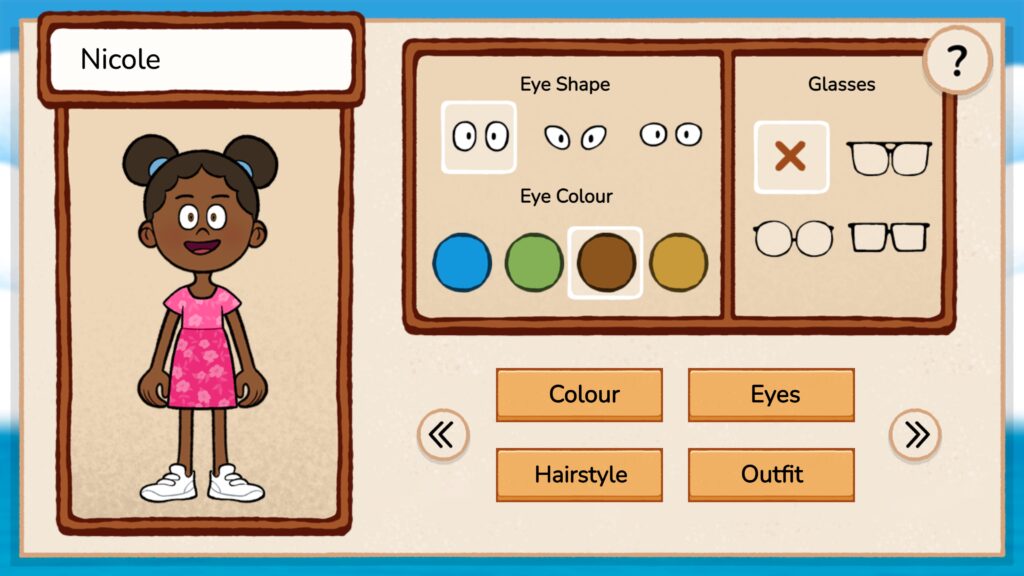
Interactive features and mini-games increase engagement and allow the collection of interaction data to refine future iterations of the storybook.
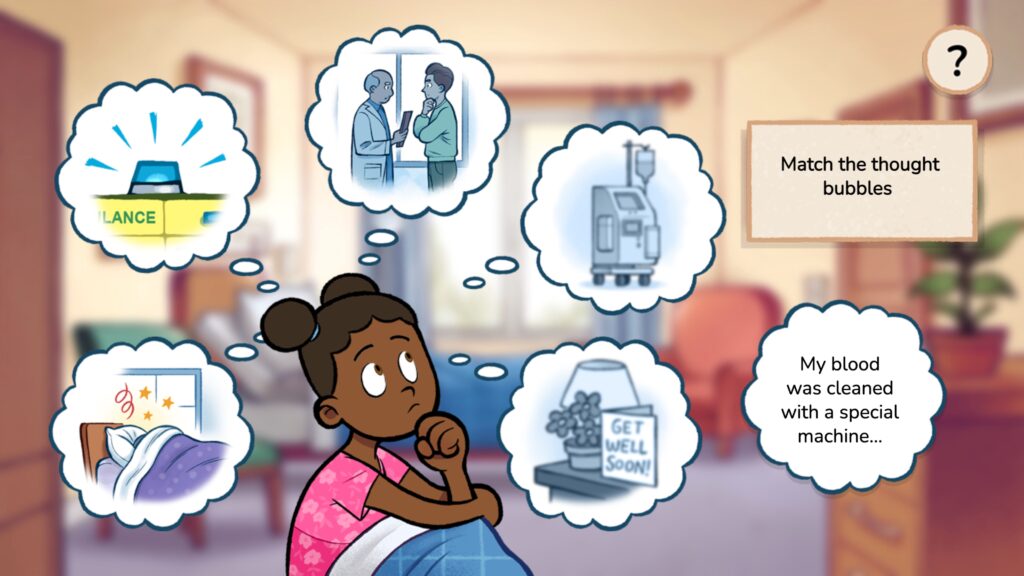
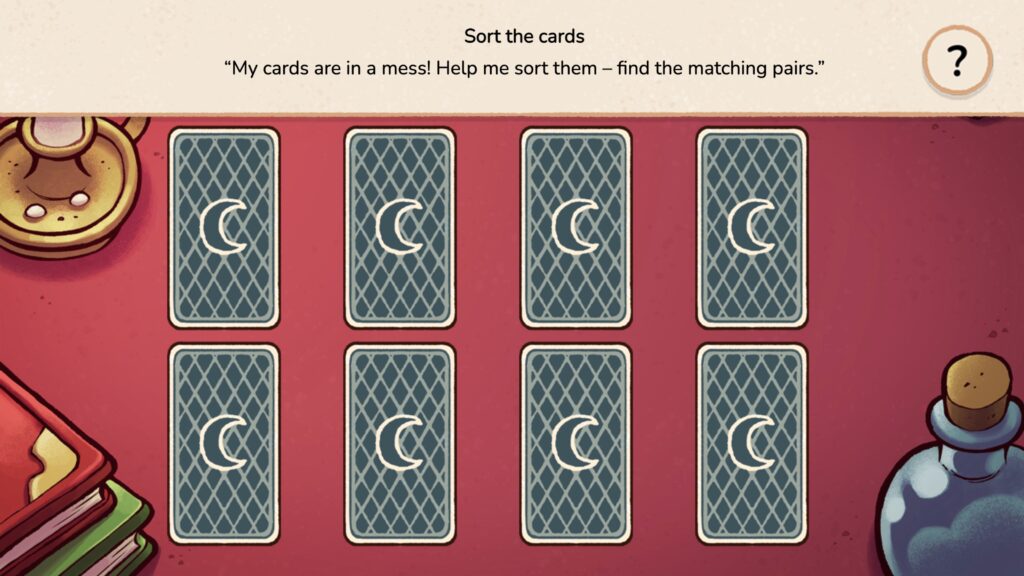
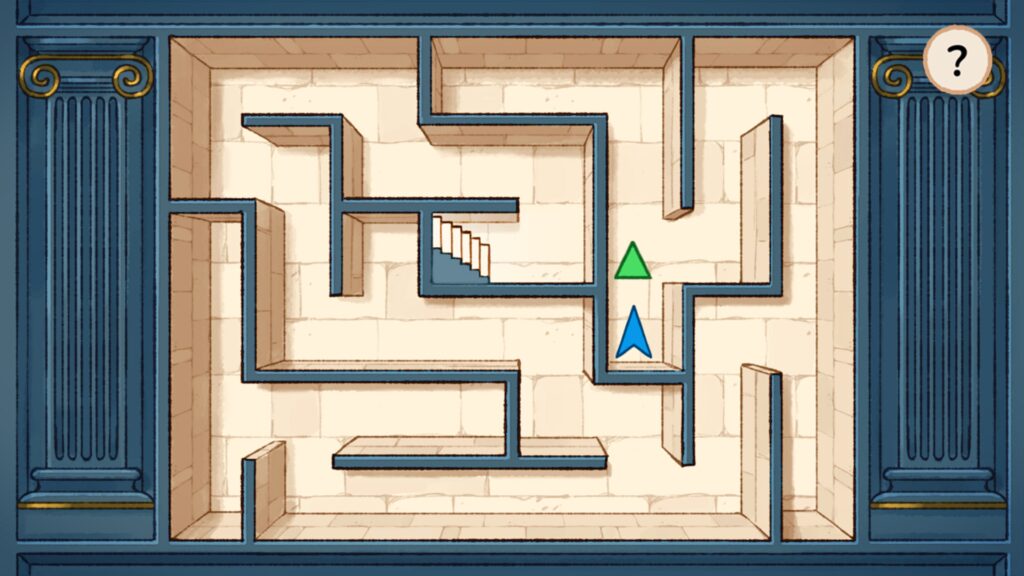

Dissemination and Accessibility
To make the resource easily accessible, we provided clinicians with dissemination cards containing a QR code and link. This allows caregivers and patients to quickly access the storybook during consultations. Furthermore, the storybook can be adapted to different regions through translations and localised voiceovers, ensuring it resonates with diverse audiences.
Results to Date and impact
Since its launch, the interactive digital storybook has shown promising engagement, particularly given the small aHUS patient population. Between August 2024 and April 2025, the average time spent on the storybook was 7 minutes and 41 seconds, reflecting a strong level of user engagement with the personalised and interactive content. During this period, 294 unique users accessed the resource, generating 552 total sessions. This level of usage is significant, considering the rarity of aHUS, and demonstrates the value of the storybook in supporting children and their families in understanding and managing this complex condition.
The personalised, interactive digital storybook represents a breakthrough in supporting young patients with aHUS. It not only equips them with the knowledge needed to manage their condition but also provides emotional support, fostering confidence and reducing anxiety through an engaging and interactive experience.
References
- Atypical Hemolytic uremic Syndrome – Symptoms, causes, treatment | NORD. (n.d.). National Organization for Rare Disorders
- England, N. (2017). NHS England » Atypical haemolytic uraemic syndrome (aHUS) (all ages). [online] England.nhs.uk.
- Co-creating healthcare support materials in atypical haemolytic uraemic syndrome (aHUS) focus group report
- Beale, I.L., Kato, P.M., Marin-Bowling, V.M., Guthrie, N. and Cole, S.W. (2007). Improvement in Cancer-Related Knowledge Following Use of a Psychoeducational Video Game for Adolescents and Young Adults with Cancer. Journal of Adolescent Health, 41(3), pp.263–270. doi:https://doi.org/10.1016/j.jadohealth.2007.04.006.
- Evgenia Gkintoni, Fedra Vantaraki, Charitini Skoulidi, Panagiotis Anastassopoulos and Apostolos Vantarakis (2024). Promoting Physical and Mental Health among Children and Adolescents via Gamification—A Conceptual Systematic Review. Behavioral sciences, 14(2), pp.102–102. doi:https://doi.org/10.3390/bs14020102.
- Moreira, R., Silveira, A., Sequeira, T., Durão, N., Lourenço, J., Cascais, I., Cabral, R.M. and Gomes, T.T. (2024). Gamification and Oral Health in Children and Adolescents: Scoping Review. Interactive Journal of Medical Research, [online] 13(1), p.e35132. doi:https://doi.org/10.2196/35132.
M/UK/UNB-a/0214
Date of Preparation: June 2025
Cognitant
Looking to empower people with health information for better patient outcomes?
Additional Case Studies
Asthma Essentials
January, 2025
[embed]https://youtu.be/qmeiwjCr9Go[/embed] The challenge: Asthma remains a major health concern in the UK, affecting 5.4 million people, including 1.1 million children. Each year, the condition leads...
Cognitant successfully streamlines a top 10 pharma Patient Support Programme
July, 2024
A top 10 pharma company challenged Cognitant to optimise their Patient Support Programme (PSP) for an injectable medication, with the aim to streamline approvals, save...
My Kidney Assistant
February, 2024
[embed]https://youtu.be/pIBvijvGdTw[/embed] The background: In the UK, it is estimated that there is a total of 7.2 million people with chronic kidney disease (CKD) – this...